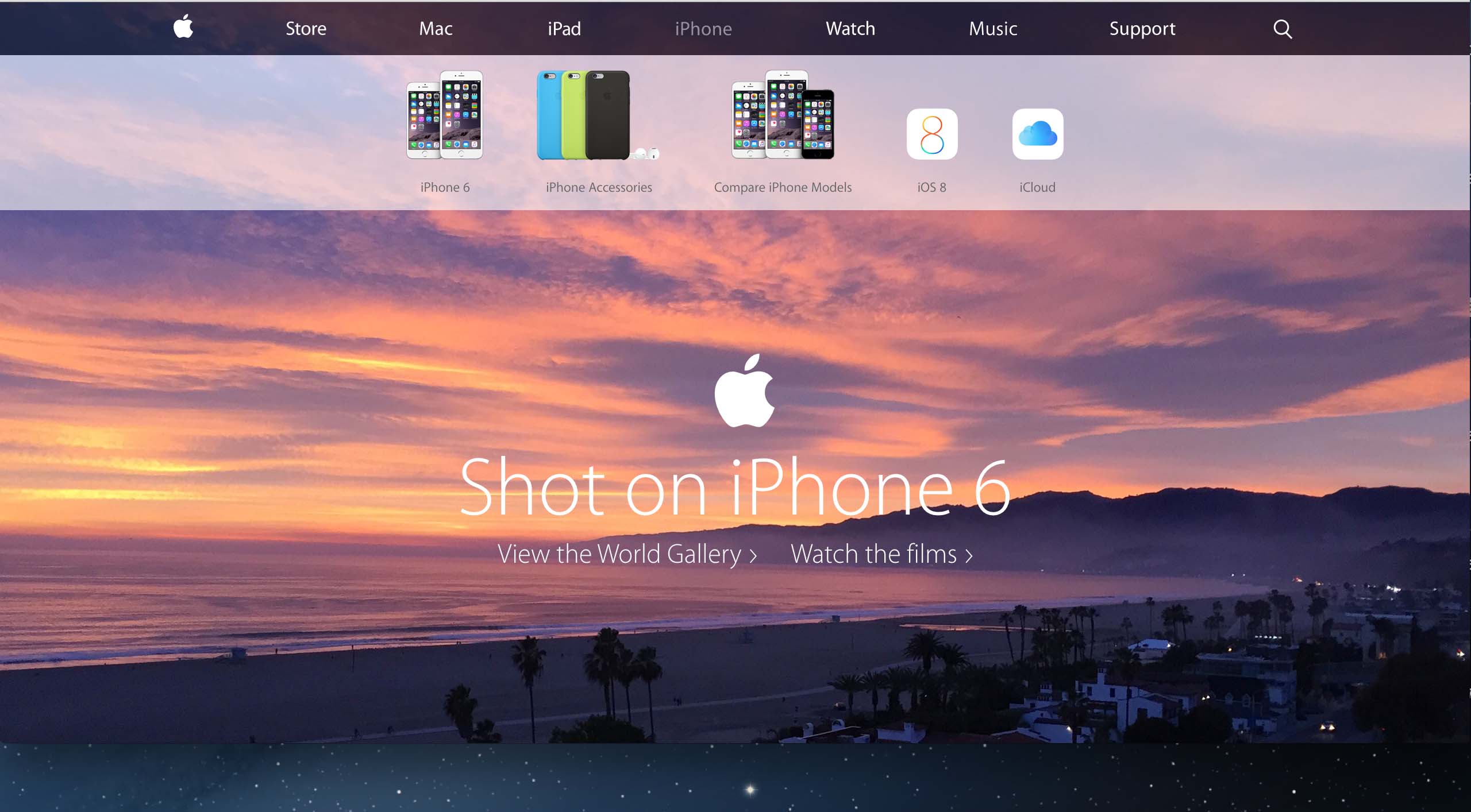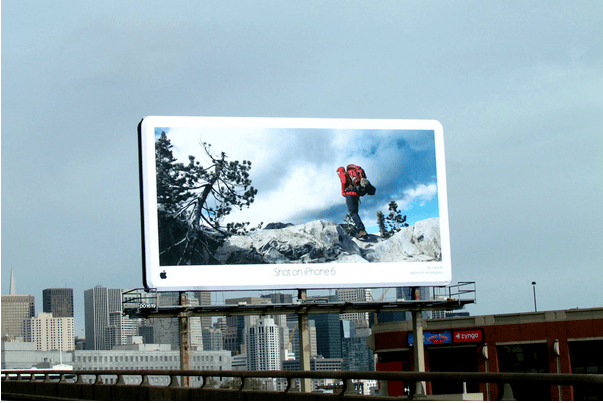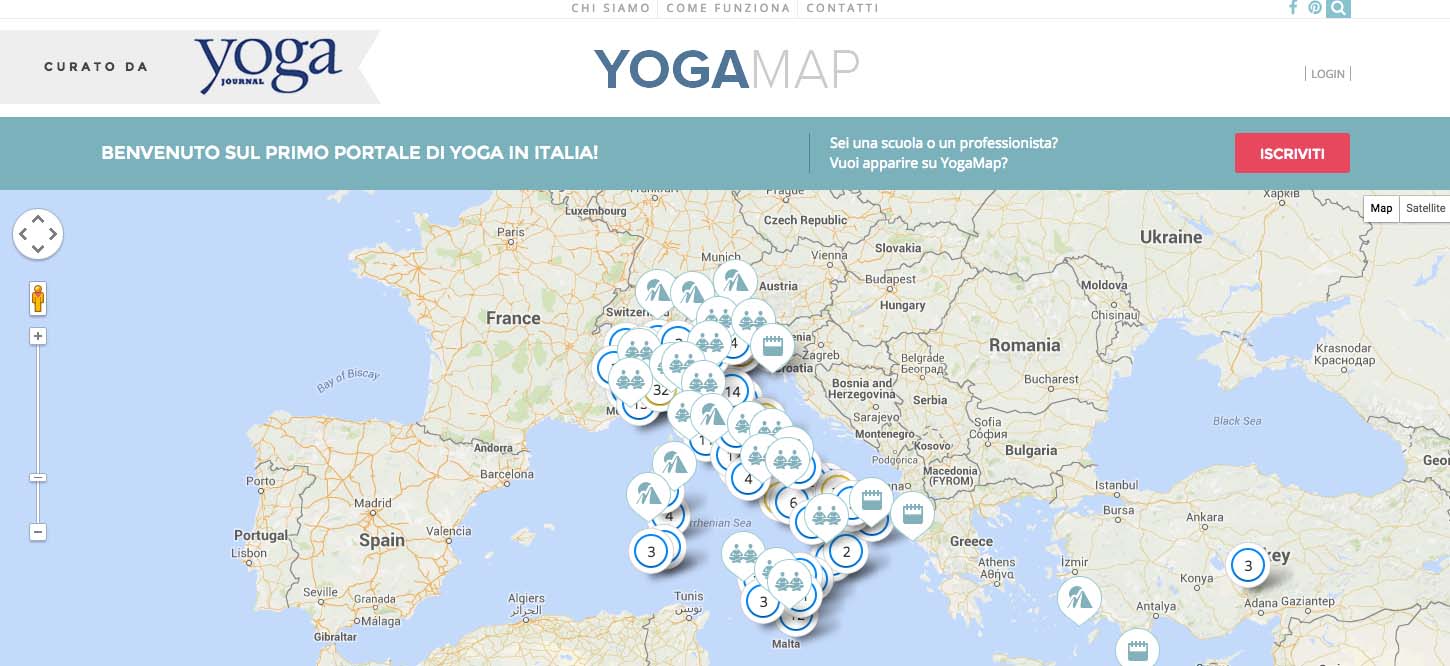The Italian e-commerce market will reach €24 billion in total revenue by the end of 2015.
At a global level, however, $370 billion is expected by 2017. The data does not lie and clearly shows that users who shop online represent a huge opportunity both for established companies and for emerging brands.
But consumers are becoming more aware and attentive, and converting them from visitors to customers is becoming increasingly difficult.
Anyone who owns an e-commerce site is constantly looking for new ways to increase sales of their products.
In this post, we will try to understand the different types of potential customers for your online store and what the main barriers to purchase are.
Finally, we will explain how to break down those barriers and convince even the most reluctant user.

The three types of customers who arrive at your eCommerce
Not all the people who land on your site will be the same; they often have different doubts, questions, and needs.
For this reason, it is useful to categorize the visitors of your e-commerce into three types of potential buyers:
- those who instantly buy your products;
- those who will never buy your products;
- and of course those who could potentially be buyers but actually prefer to postpone the purchase.
This last group is the largest of all, and it is therefore important to understand it thoroughly. When personas are usually developed for a project, the profile of potential buyers is outlined based on age, gender, profession, and interests. But it is also useful to delve into the fears or reasons that may cause a person to hesitate in making a purchase. We therefore try to divide this last group into four categories:
- those who are indifferent to your offer because they do not understand what benefits they can obtain;
- those who are skeptical towards you;
- those who have doubts about themselves;
- those who simply prefer to postpone the purchase.
Let’s see what questions they ask themselves and why they are not yet your customers.
For indifferent users, the biggest barrier to purchase is represented by questions like “Do I really need it? Do I really need this?”. These users might buy from you but have not yet understood what benefit they will gain from your product.
Before making a purchase, skeptical users need to be able to answer questions like “Who are you and why should I trust your products?”. These are the users who wait before buying something because they want to be sure they are purchasing from the right company.
Unlike skeptics, who doubt you, “worried” users doubt themselves and whether or not they are suitable for a particular product. “Will it look good on me?” is the typical question these users ask. Understandably, this is particularly common with fashion and clothing products.
Finally, users who prefer to procrastinate decide that the best time to make a purchase is definitely not today but maybe tomorrow or next week. They are probably people who postpone their choices in other areas of their lives as well, but in this case, it is due to the fact that spending money in a certain way “hurts” and they want to delay that pain as much as possible.
How to convince your visitors
If you want to increase your sales, you must therefore ensure that indifferent users care about your product and the solution you offer, skeptics trust you, worried users have no reason to worry, and procrastinators act immediately.
Let’s take a closer look at how to do this.
Indifferent
As mentioned earlier, the biggest barrier is that they might not care about our product. But this does not mean they cannot be potential customers. Often, in fact, it is not their fault but our message’s fault, which does not communicate our positioning well enough. In this case, the best way to convince those who arrive on your e-commerce is to align our product as much as possible with their problem.
Often, for example, we tend to emphasize the technical features of a product when what really interests the user is the final benefit.

In this sense, Apple is an excellent example of a company that speaks very little about the technical features of its products and instead highlights only the results or final benefits.
When landing on the “iPhone” section of Apple’s website, the first thing we see is not the technical specifications of the product but the fact that thanks to the iPhone 6 we can take stunning photos.

The billboards of the “Shot on iPhone 6” campaign even go so far as not to show the main product at all but highlight that with the latest iPhone model anyone will be able to take great photos.
How effective would a campaign have been that said “The camera of the new iPhone 6 has 8 million pixels”?
Skeptics
Skeptical users do not trust you or the results of your company. They are not necessarily in bad faith but are trying to understand whether it is really worth buying from you. In this case, you need to make skeptics trust you. Fortunately, skeptics already want what we are selling but do not know if they can trust you.
The best way to win the trust of skeptics is to provide proof that your service or product really works and, above all, that other people are already using it or have purchased it.
In this regard, the YogaMap website is a good example. YogaMap is the number 1 portal in Italy for finding yoga seminars and schools, allowing searches by date, location, keyword, or category.

From the very first landing page, it is clear that the service already has significant traction throughout Italy.
This type of social proof makes it much easier to acquire new users and overcome resistance regarding the quality of the service offered.
Worried
Worried users simply do not think they are the type of people who can change or benefit from your product, and this is the main reason why they do not buy.
What to do in this case? If, for example, you are an online fashion store, many users will worry about making a purchase they will later regret. Try offering a free return guarantee, or make sure you have a section with size conversion charts for your products.
This is exactly what Velasca’s e-commerce does.

When viewing one of their shoe models, it is possible to consult a size conversion chart, which, by making it difficult to choose the wrong size, removes some of the doubts of potential buyers.
Procrastinators
Obviously, in this case, the best way to overcome their resistance is to make sure that the best time to make a purchase is now. This can be done either by offering a discount if the order for a product is placed by a certain date or by leveraging “scarcity”. In this regard, Booking.com is an excellent example.

We tested it by trying to book a room, and immediately the message appeared that prices for the chosen destination and dates had increased in the last 4 days. This is obviously a clear signal telling us that it is better to book immediately, without waiting for prices to rise further.

Then, when trying to book, it is emphasized everywhere that the available rooms are few, reiterating that it is better not to postpone the reservation.
It is therefore important to remember that not all visitors to your e-commerce will make a purchase on their first visit and, above all, that not everyone has the same “mental barriers”.



